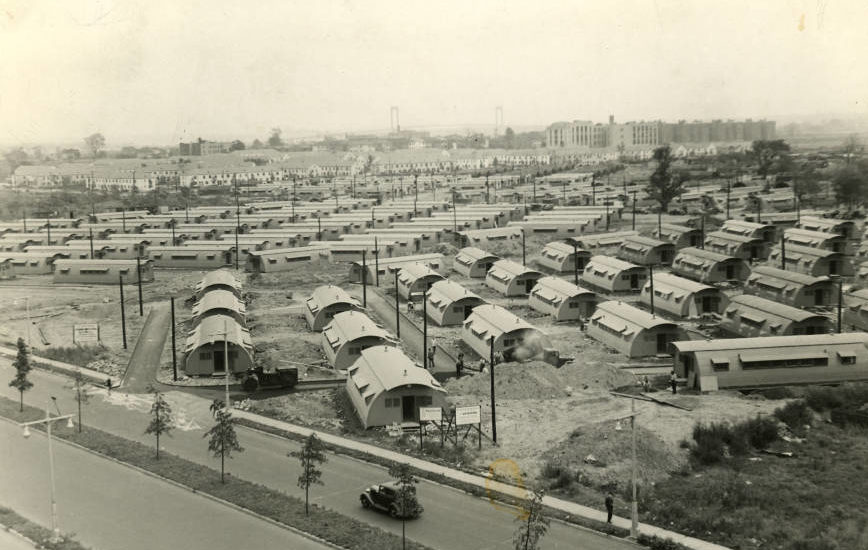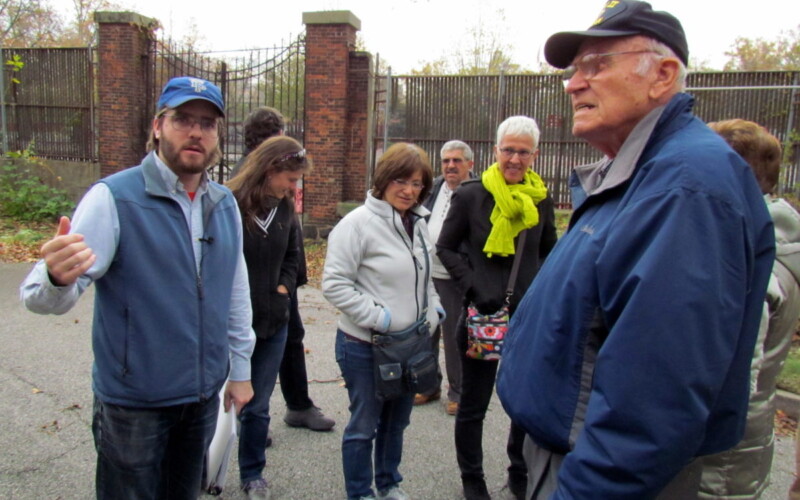As we approach New York City’s primary elections on June 22, housing, as always, is a key issue on the ballot. So we are looking back at the history of social housing in New York – not just the city’s vast NYCHA public housing system, but also other forms of government and philanthropic intervention that have tried to tame the beast of unsafe, unsanitary, and unaffordable housing over the past 100+ years. This program will look at examples of model housing designed by social reformers, landmark cooperatives built by labor unions and community groups, the rise of public housing beginning in the 1930s, and public subsidies for private developments. This wide-ranging examination will take us from the Home and Tower Buildings to the First Houses, from Stuy-Town to the housing lottery.
Sites featured in the program:
- Alfred Tredway White Buildings, Brooklyn Heights/Cobble Hill
- Alku and Alku Toinen Co-ops, Sunset Park
- Amalgamated Housing Cooperative, Jerome Park
- Williamsburg Houses, Williamsburg
- Harlem River Houses, Harlem
- Ingersoll and Walt Whitman Houses, Fort Greene
- Stuyvesant Town and Peter Cooper Village, Manhattan
- Co-op City, Bronx
- Nehemiah Housing Plan, Brownsville
- Pacific Park, Prospect Heights
Resources for further reading:
- Affordable New York, Museum of the City of New York
- Tenement Museum
- Bloom, Nicholas Dagen, Public Housing That Worked: New York in the Twentieth Century
- Bloom, Nicholas Dagen and Matthew Gordon Lasner, eds. Affordable Housing in New York: The People, Places, and Policies That Transformed a City
- Freeman, Joshua B. Working Class New York: Life and Labor Since World War II
- Plunz, Richard. A History of Housing in New York City
- Riis, Jacob. How the Other Half Lives




